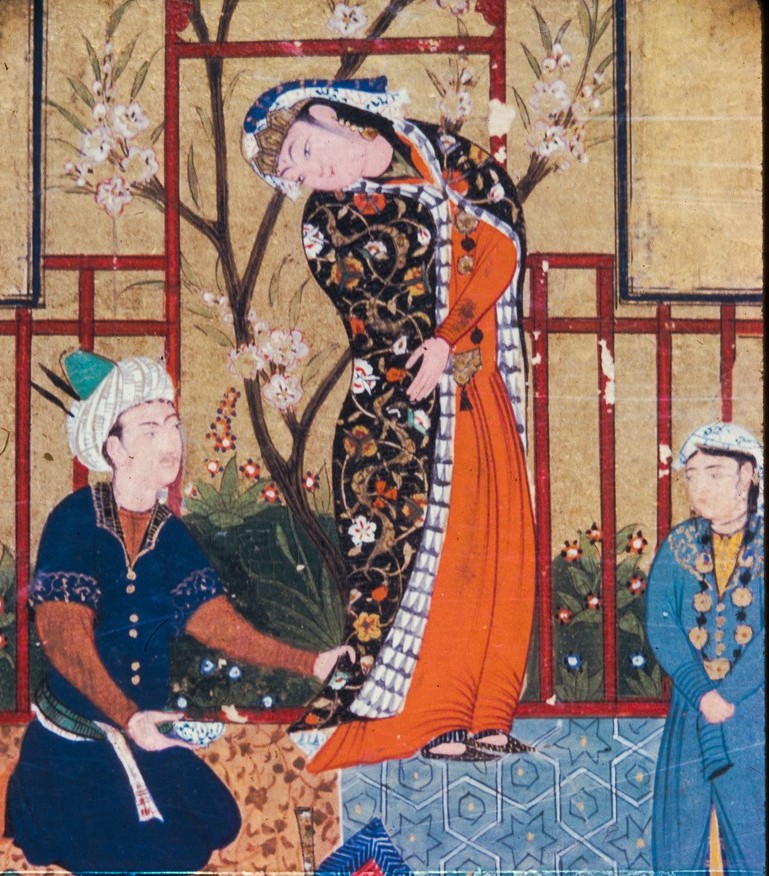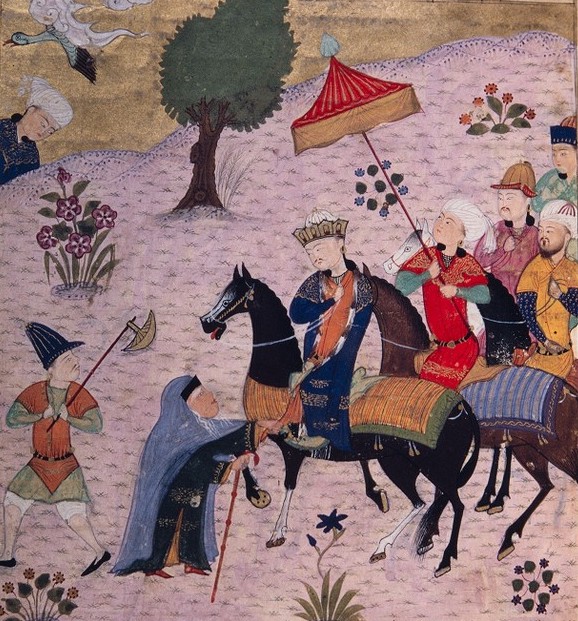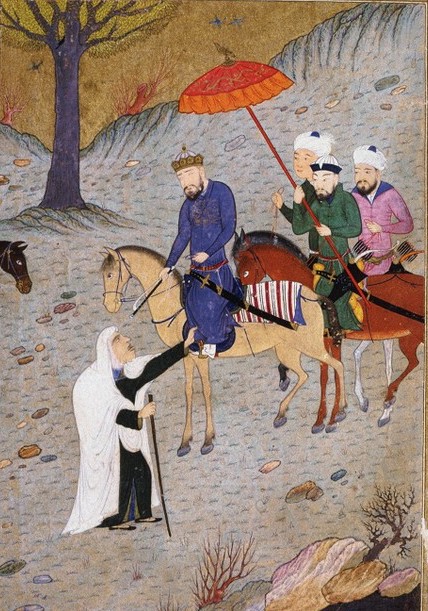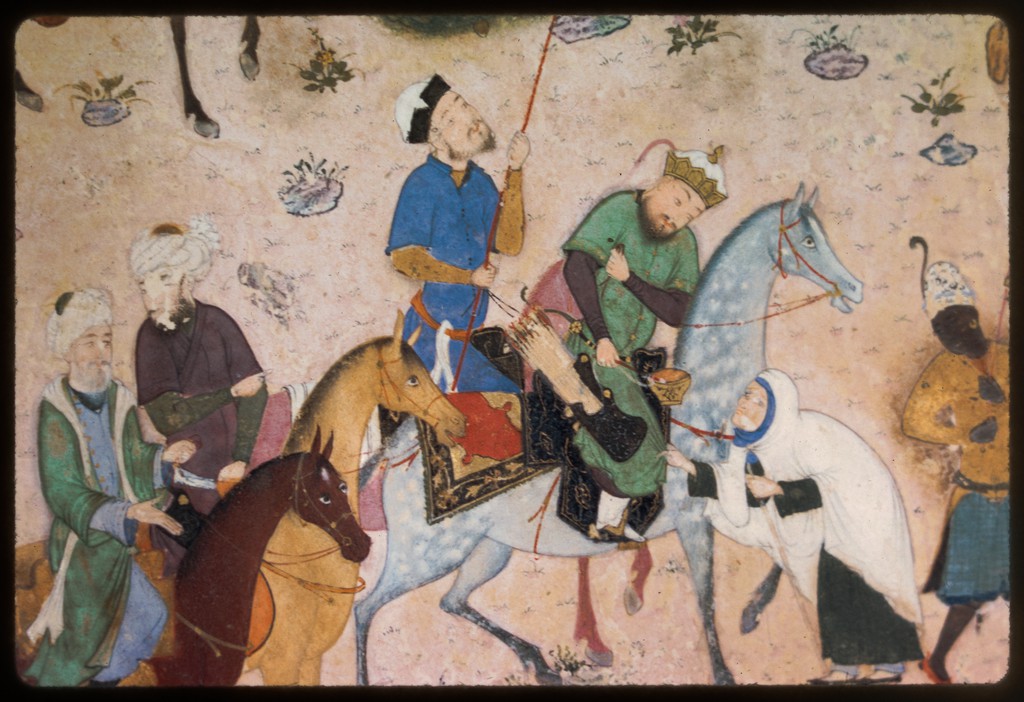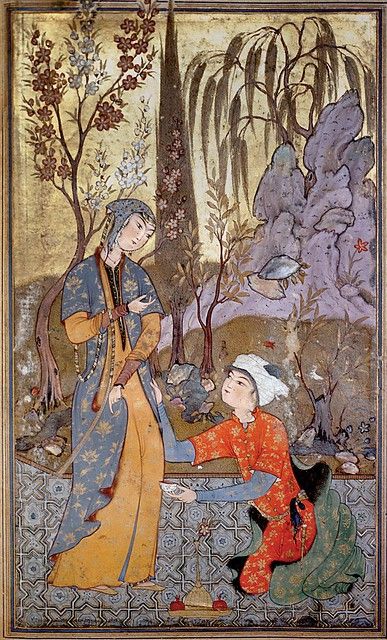Touching belts, hems, etc. have different metaphoric & symbolic meanings. For now, we’ll look at hems & note that in this type of & #39;I grab you& #39; scenes, men & women often switch sides, i.e. the ground is set to rise from genre/gender-roles to metaphor/symbols.
Persian, دستم به دامنت (my hand on your skirt) = to beg, to implore. A language metaphor is directly copied into a pictorial metaphor of pleading. It seems obvious, but in other languages this idiom has very different meanings.
Jami, Yusuf & Zulaykha: پی باز آمدن دامن کشیدش – “to bring him back, she pulled on [the hem of] his skirt”—same metaphor of pleading. (Note a switch in the roles in the pictures below.)
A tug on the skirt is also a metaphor of threat to preempt rejection. A girl in love says to the Naqshbandi sufi Mashrab, “If you don’t stay with me today, my hand will be on your skirt on the Judgement Day,” i.e. I’ll testify against you. Zulaykha, too, testified against Yusuf.
An old woman grabs Sultan Sanjar’s hem (دامن سنجر گرفت), pleading against his soldiers and threatening to reprimand Sanjar, if he does not help her, on روز شمار (Day of Reckoning, i.e. the Judgement Day). Here, hand on hem is also a metaphor for plea and threat.
Symbolically, the grabber personifies Love, the grabbed--Beauty, as in Suhrawardi’s Mu’nis al-ushshaq, Zulaikha is Love and Yusuf is Beauty. هرچه در دست بجز دامن مقصود نجست – Everything in your hand except the hem of your Intended, is impure (Kamal Khujandi, 1320-1400)
Pics: SCW2016.13013, SCW2016.13028, SCW2016.14065, SCW2016.03470, SCW2016.00586, SCW2016.03468, SCW2016.03470, MFA 14.584, SCW2016.03024, SCW2016.09373, SCW2016.17641, TSK
All SCW2016.* are keys for images in http://images.hollis.harvard.edu"> http://images.hollis.harvard.edu
Src: Sh. Shukurov. Art of Medieval Iran, 1989
All SCW2016.* are keys for images in http://images.hollis.harvard.edu"> http://images.hollis.harvard.edu
Src: Sh. Shukurov. Art of Medieval Iran, 1989

 Read on Twitter
Read on Twitter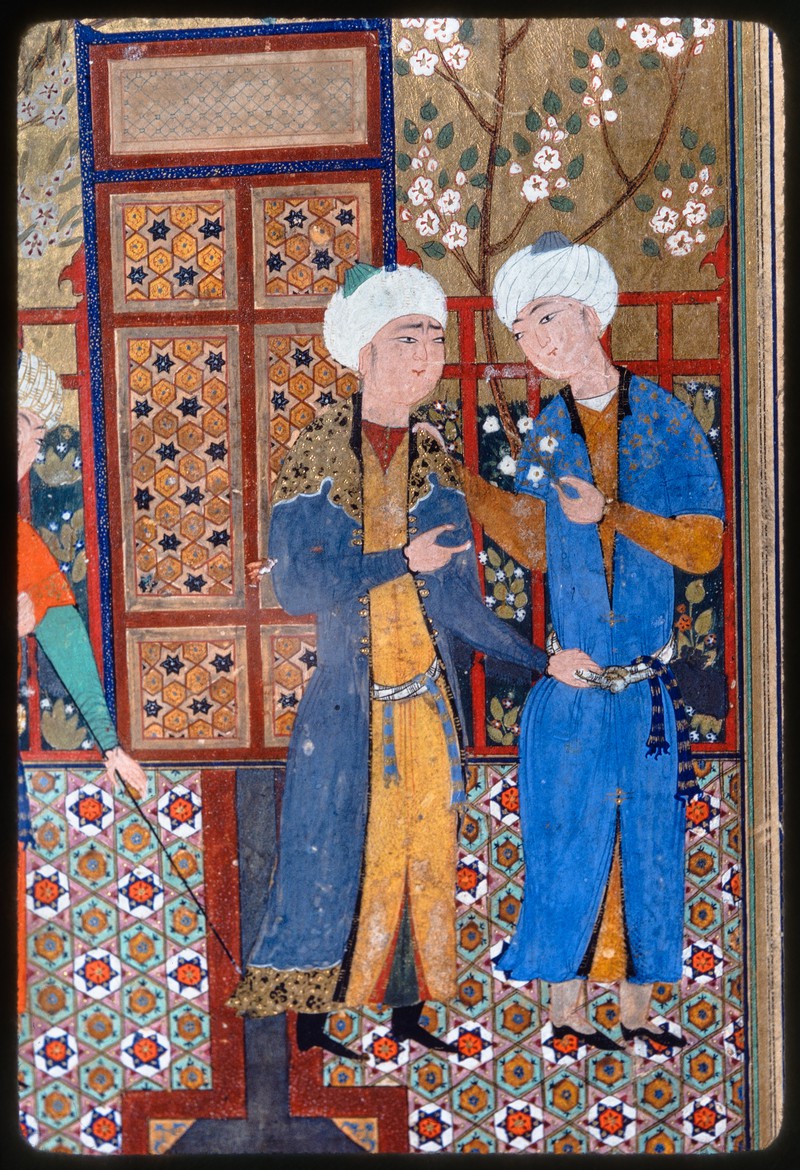
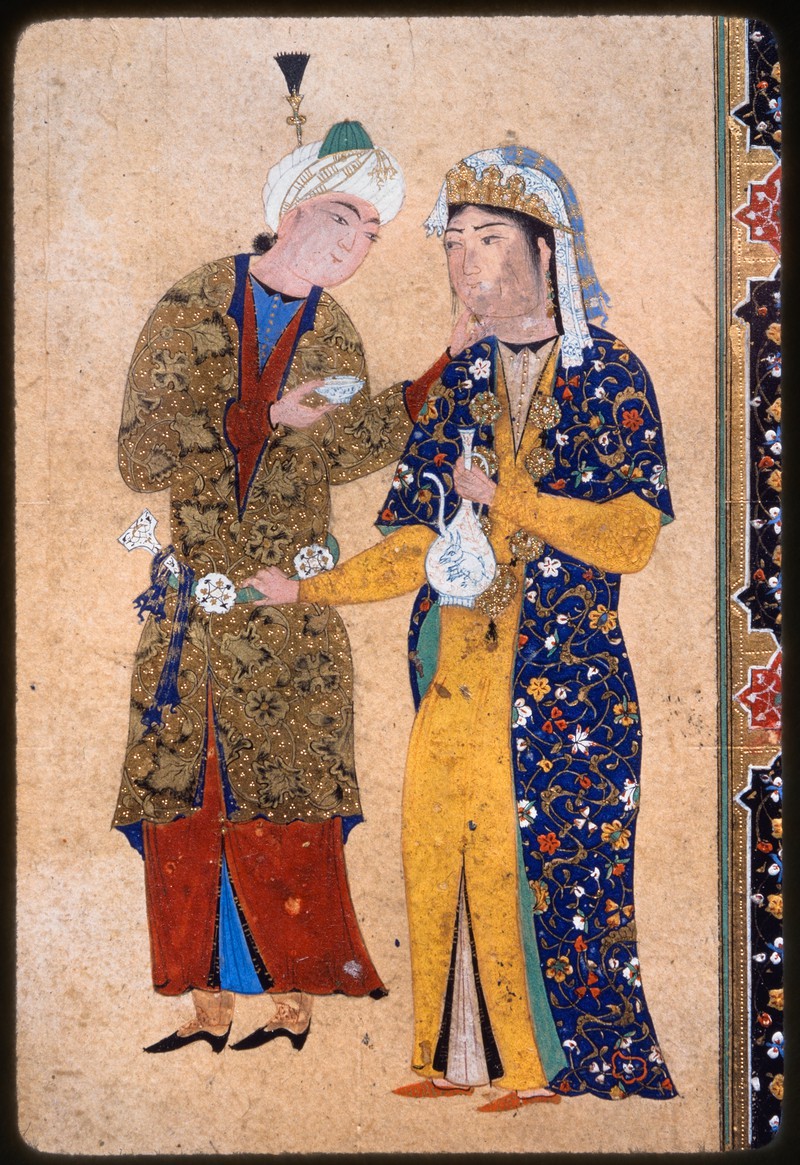
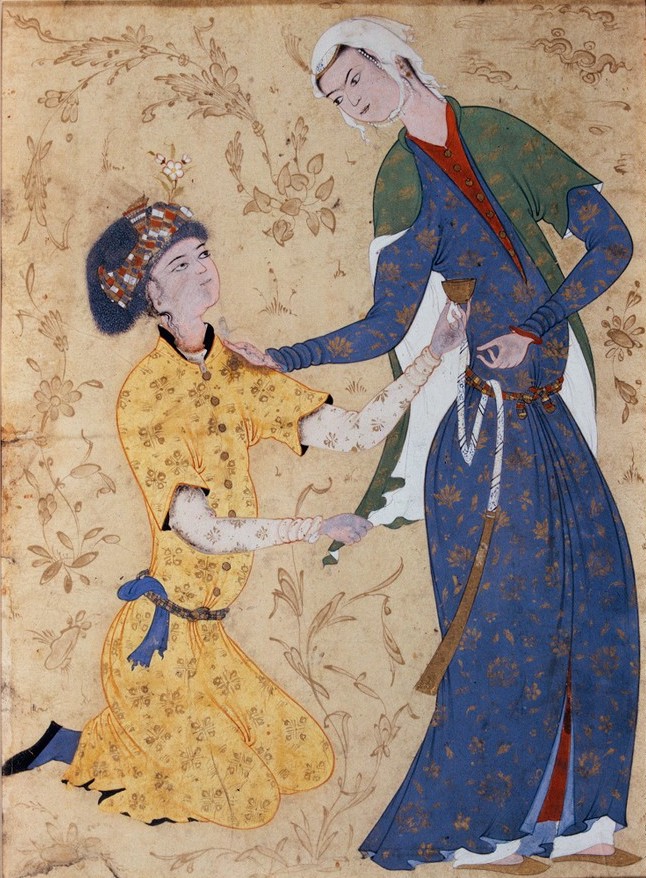

![Jami, Yusuf & Zulaykha: پی باز آمدن دامن کشیدش – “to bring him back, she pulled on [the hem of] his skirt”—same metaphor of pleading. (Note a switch in the roles in the pictures below.) Jami, Yusuf & Zulaykha: پی باز آمدن دامن کشیدش – “to bring him back, she pulled on [the hem of] his skirt”—same metaphor of pleading. (Note a switch in the roles in the pictures below.)](https://pbs.twimg.com/media/EX3uIVeXkAAEZmN.jpg)
![Jami, Yusuf & Zulaykha: پی باز آمدن دامن کشیدش – “to bring him back, she pulled on [the hem of] his skirt”—same metaphor of pleading. (Note a switch in the roles in the pictures below.) Jami, Yusuf & Zulaykha: پی باز آمدن دامن کشیدش – “to bring him back, she pulled on [the hem of] his skirt”—same metaphor of pleading. (Note a switch in the roles in the pictures below.)](https://pbs.twimg.com/media/EX3uLLvWoAEx2On.jpg)
